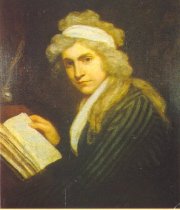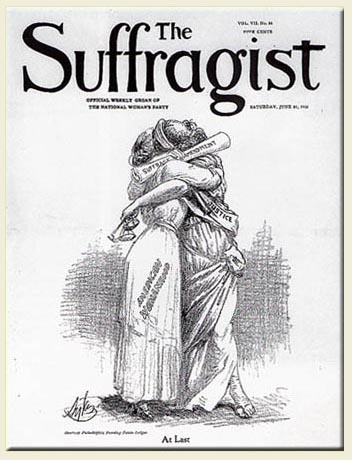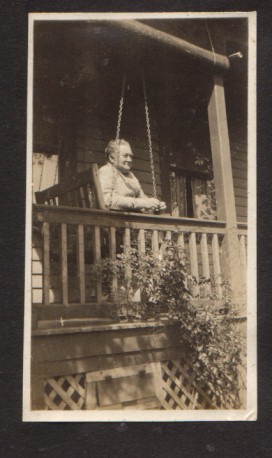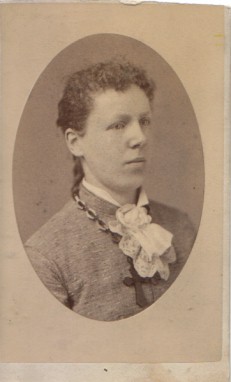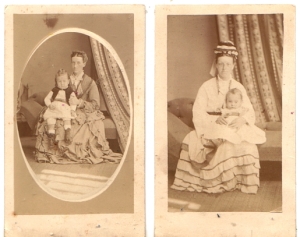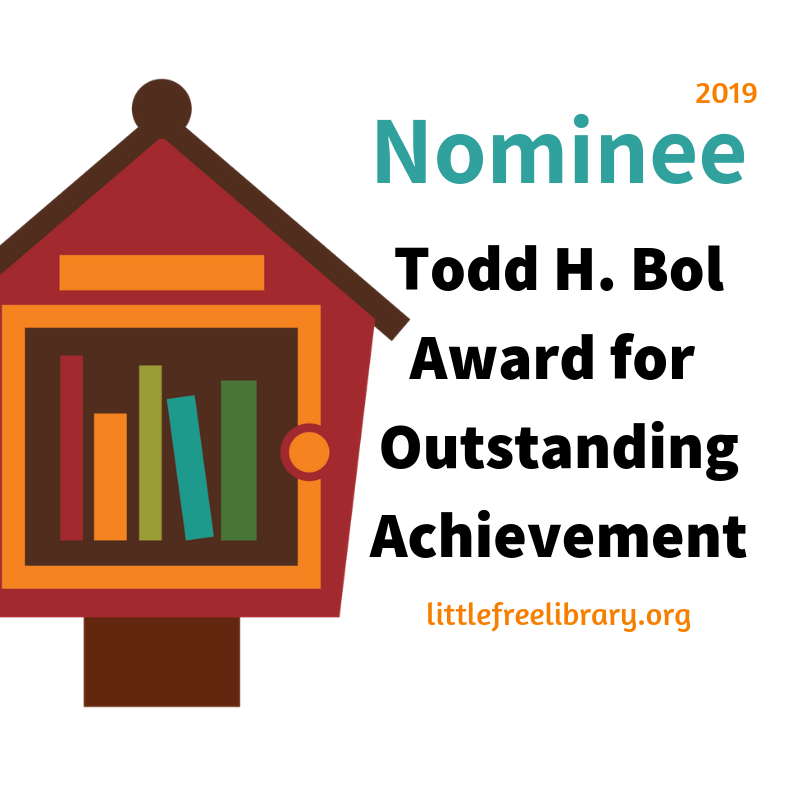On this date in 1780, the skies suddenly darkened all over New England–from Maine down as far as New Jersey, the darkness was thick enough to require candles in daytime, dark enough that owls came out hours before their nocturnal habits usually allowed. Today it’s pretty clear that the cause was forest fires combined with unusual meteorological conditions; at the time, they didn’t know that, of course (no 24-hour-news channels or satellite photos). Many were in fear, hurrying to churches to hear impromptu sermons citing Bible verses about the plagues of Egypt, prophecies, and the end of days.
In Connecticut, legislator Abraham Davenport was more pragmatic:
“The day of judgment is either approaching, or it is not. If it is not, there is no cause of an adjournment: if it is, I choose to be found doing my duty. I wish therefore that candles may be brought.”
He and his committee continued working, drafting regulations of the shad and alewife harvest. Almost a century later, John Greenleaf Whittier celebrated Davenport’s response with a poem, titled “Abraham Davenport,” published in the Atlantic Monthly in 1866.
